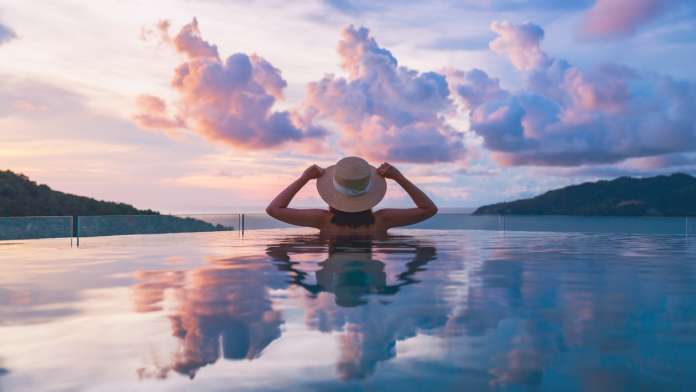The Korea Tourism Organisation (KTO) is looking to the future. As the Covid-19 epidemic slows, it is looking at wellness tourism rather than simple sightseeing for attracting attention.
Since 2017, the Ministry of Culture, Sports and Tourism and the Korea Tourism Organisation have been discovering and designating wellness tourism destinations in the country. The new Yoon Suk-yeol administration included “promotion of wellness tourism” in its 110 national administrative tasks, and related industries are likely to get a boost.
Korea believes it has a solid foundation to develop wellness tourism, as it is already known for advanced medical services, and as a major medical tourism destination.
One idea under consideration is a package tour that includes hybrid medical services of western and oriental medicine, K-beauty and K-culture and a Hanok stay. Using K-wellness as another flagship product could attract tourists from around the world.
After two years of closure, the first medical and wellness tourists are returning to Korea.
KTO reports that 800 people from Mongolia and Kazakhstan will visit Korea for medical and wellness care in group tourism between now and September. The first group of 150 Mongolians arrived at Jeju Airport for health checks at the following hospitals: Jeju Jungang Hospital, We Hospital, Cheju Halla General Hospital, and Hankook General Hospital.
Other Mongolian tourists will arrive on Jeju Island via five chartered planes in July, August, and September. Each plane will carry 140 people. From Kazakhstan, 100 medical tourists will land in Korea in July to get health screening or receive consultations in dermatology, cosmetic surgery, and orthopaedic surgery.
“These people are those who had experienced medical treatment in Korea or have personally booked additional treatment, and those who are interested in Korean culture and have decided to visit Korea because they trust Korean medical technology,” an official at the KTO’s Ulaanbaatar office has stated.
Park Yong-hwan, leader of the KTO’s Medical Wellness Team, said the latest visit by Mongolians and Kazakhstani would signal the start of restoring medical and wellness tourism to the pre-pandemic levels within two or three years.
The number of medical tourists visiting Korea used to stay at around 500,000 annually until 2019 but sharply fell to 130,000 in 2021.
KTO will actively conduct promotional marketing through online and offline exhibitions and briefings in major target markets to increase the number of medical tourists.







 ©2024 All rights reserved LaingBuisson
©2024 All rights reserved LaingBuisson 


